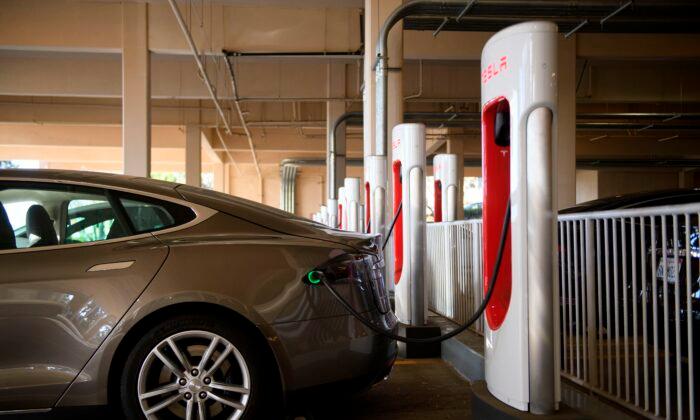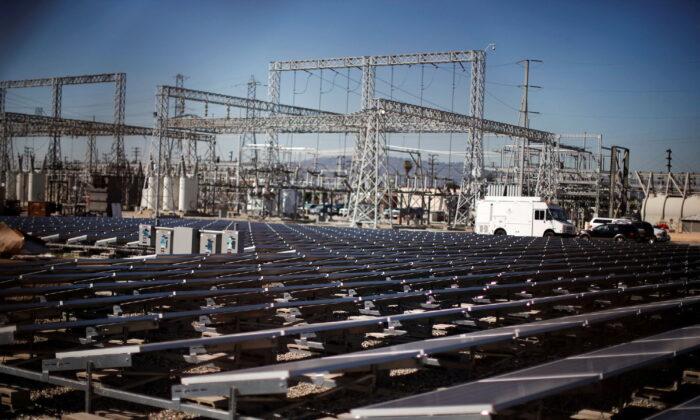On Aug. 25, the California Air Resources Board issued a mandate banning the use of fossil fuels in all vehicles sold in the state beginning in 2035. Most will be EVs—electric vehicles.
But what the new CARB ruling will do is effectively make California a two-tier society:
“One of the major barriers to mass adoption of electric vehicles is cost. EVs are just way too expensive, with the average price hitting an all-time high earlier this summer of $66,000. That’s disappointing because the auto industry has always promised that prices would come down as EV battery packs became more efficient to manufacture.
“But even more disappointing is the rate that EV prices are increasing as compared to their gas equivalents. According to a recent analysis by car shopping database iSeeCars, electric car prices saw a year-over-year increase of 54.3 percent while gas-powered cars were up just 10.1 percent.”
Ironically, as gas prices have risen, people have switched to EVs, driving up demand—which also drives up prices.
It’s Economics 101: Restrict supply and increase demand, and it’s a double whammy increasing prices for any product.
The bottom tier of car owners will be those who can’t afford new EVs, or even EVs a couple of years old. They will be forced to buy much older EVs at high prices, with mechanical problems that will strain family budgets even more.
However, “the state still has a monopoly on Cuban car sales, which means prices are high,” much as the new California EV mandate will give the state government an effective monopoly control of the industry.
Communist Cuba: the California ideal!
After 2035 in California, it won’t be that bad—at first. Most older cars will still be gas powered. Prices will rise, marginally. People will keep them running, as in Cuba, using baling wire if they have to.
Sales of car alarms and other anti-theft devices will soar, as the value of the older cars rises, and parts are needed to keep them going.
That still would leave two-thirds of the states with no, or lesser, EV edicts. But many of those states might not “follow through.” Unlike California, which is a one-party state, even some liberal states have fairly strong Republican opposition parties, including New York and Illinois.
Michigan, my home state, has a Democratic governor facing a tough re-election campaign this November, and the Legislature is currently Republican. It’s also unlikely the Auto State would do much to cripple its main industry.
There probably will be a national attempt by a Republican administration to ban California’s 100 percent EV edict, and the similar laws possibly enacted in other states. But most of the rest of America already thinks California is a joke, and in 2035, they will be laughing even louder.
Finally, it’s ironic a state government obsessed with ending inequality and even imposing socialist “equity” is going to erect a two-tiered class society. The top tier will be tooling around the state in shiny new Teslas, while the bottom tier patches together 25-year-old Corollas, or squeezes into creaky, crowded, broken-down buses—electric, of course.





